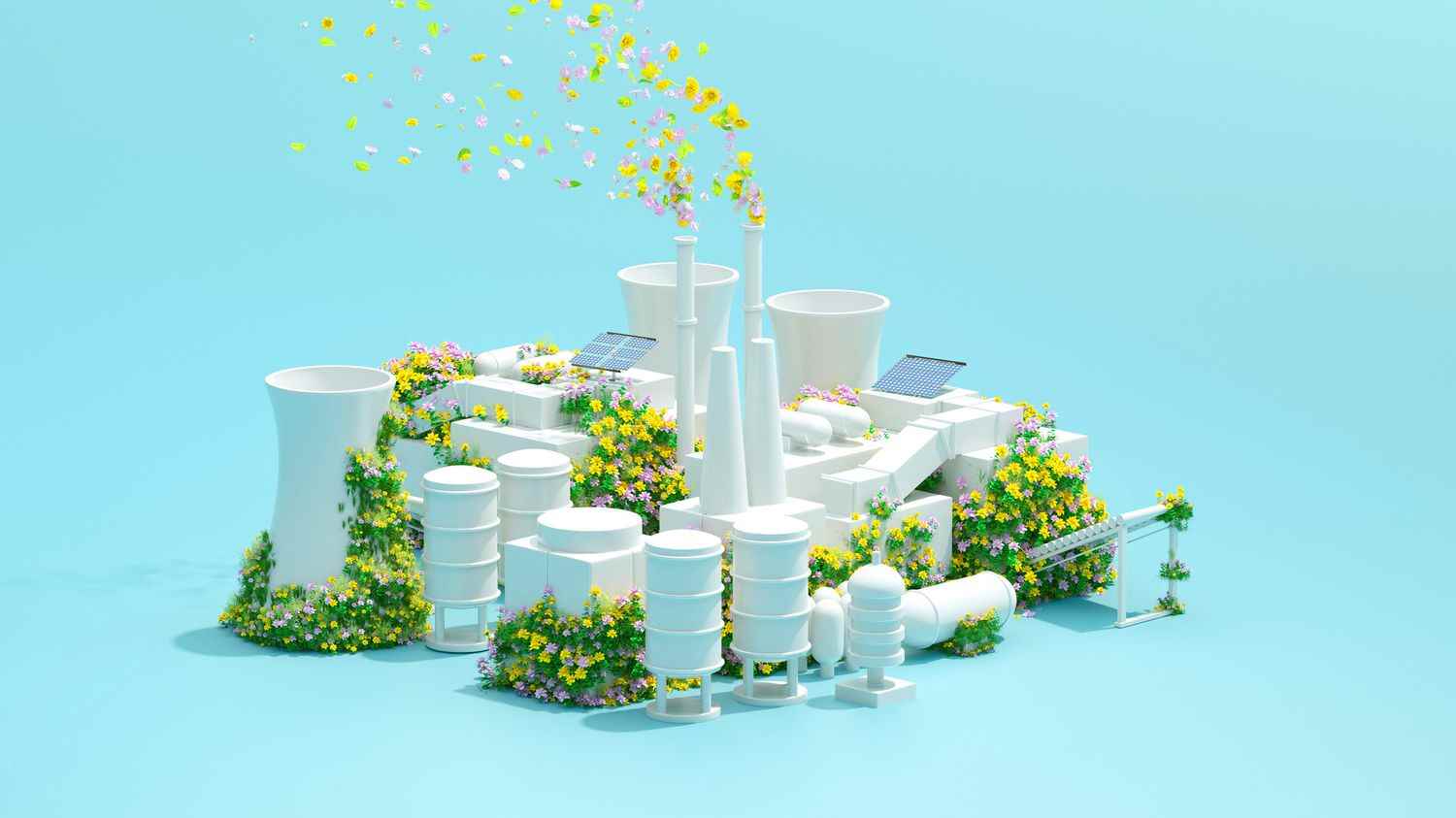Aviation and shipping depend heavily on fossil fuels derived from petroleum, led by kerosene and heavy fuel oil. However, solutions exist, but must be thought of differently from everyday mobility.
Energy solutions are numerous and adapted to different uses. Wind for sailboats from VPLP or passenger sailboats from Sailcoop. In aviation, we speak of SAFs, for Sustainable Aviation Fuels: these include in particular synthetic kerosene, a fuel made from green hydrogen and CO2 captured in factory chimneys.
Biofuels made from plant residues can also be a solution, provided they do not compete with food production. Airbus is also working on liquid hydrogen, which is more compact, but which requires maintenance at – 256 degrees. This source of energy is added to the others, by imposing a new organization within the airport infrastructures.
Yannael Billard, from the sustainable development department at Aéroport de Paris: “Our platforms are intended, in addition to being hubs in the sense of air transport, to also be multimodal and energy hubs. whether they are electric, conventional fossil fuels, hydrogen, or even biodiesel…”
Among sailors, ammonia, a chemical compound based on hydrogen and nitrogen, will probably occupy a place of choice, provided that the risks associated with its toxicity are properly taken into account. Shipowners are also turning to liquefied natural gas, widely used in other areas.
But it comes partly from American shale gas, a scandal for environmentalists, and a pebble in the shoe of the new government, since a large French energy group has signed a big contract with the United States.
More than 90% of hydrogen today comes from fossil energy sources. To be sustainable, it must be manufactured by electrolysis of water, using solar or wind energy, which would make it possible to no longer depend on countries that produce fossil fuels and to promote short circuits.
However, to meet the needs of the most energy-intensive transport, it will be necessary to invest heavily in manufacturing and storage: “We announced in Normandy the largest project for the production of renewable hydrogen, of the order of 200 megawatts”, underlines Erwin Penfornis, in charge of the hydrogen activity at Air Liquide.
The future “Eldorado” are therefore countries with strong sunshine, offering a better return on investment. The transition to low-carbon energies would therefore constitute a technological revolution, but also a political one. because, from the moment when energy can be produced almost anywhere in the world, this will upset our dependence and therefore the geopolitical map.
To view the chronicle in video: it’s here.
